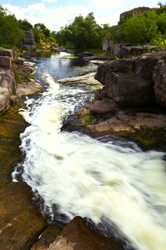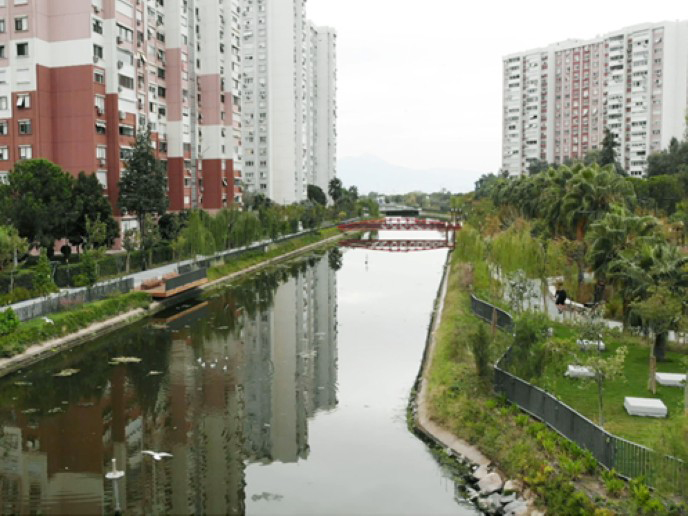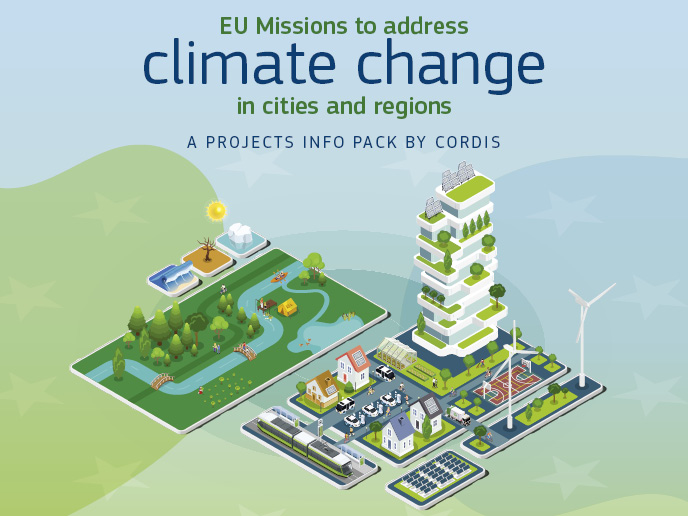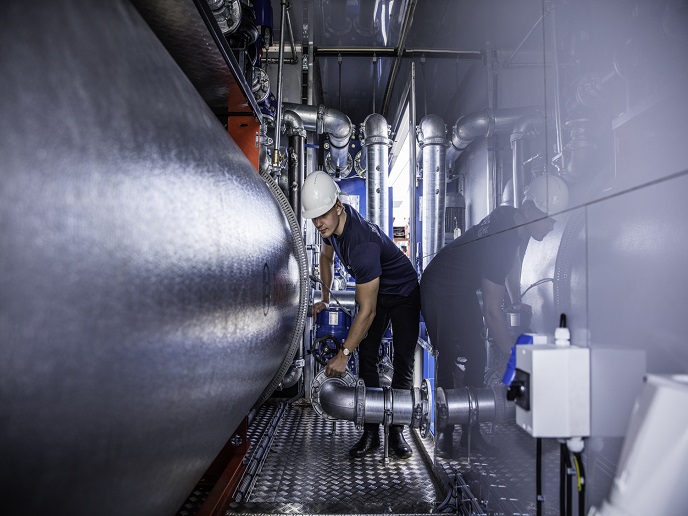Studying temporary rivers in southern Europe
The dynamics of water, nutrient, sediment and pollutant transport in non-continuous rivers are unique. To improve our knowledge of these ephemeral waterways, the partners involved in the TEMPQSIM project carried out an in-depth study of several sites in southern Europe. Four rivers were selected: the Tagliamento and the Mulargia in Italy, the Krathis in Greece and the Pardiela in Portugal. The TEMPQSIM team, comprising members from several different universities and research institutes from across Europe, collected, analysed and compared data from the four sites. For some parameters, such as respiration, there was a good deal of variability between sites, though this was mainly attributed to differences in temperature. Water content, not sediment origin, was found to be the primary driver of bacterial carbon production. On the other hand, mineralisation capacity was positively correlated with organic matter content. During TEMPQSIM, it came to light that long dry periods followed by short bursts of rainfall and subsequent flow help redistribute nutrients downstream. This mechanism influences the catchment's ability to support wildlife. The goal of future work is to determine the minimum flow conditions necessary to sustain life based on the limited water resources available in semi-arid regions. The TEMPQSIM research results have been disseminated via papers published in peer-reviewed scientific journals.







